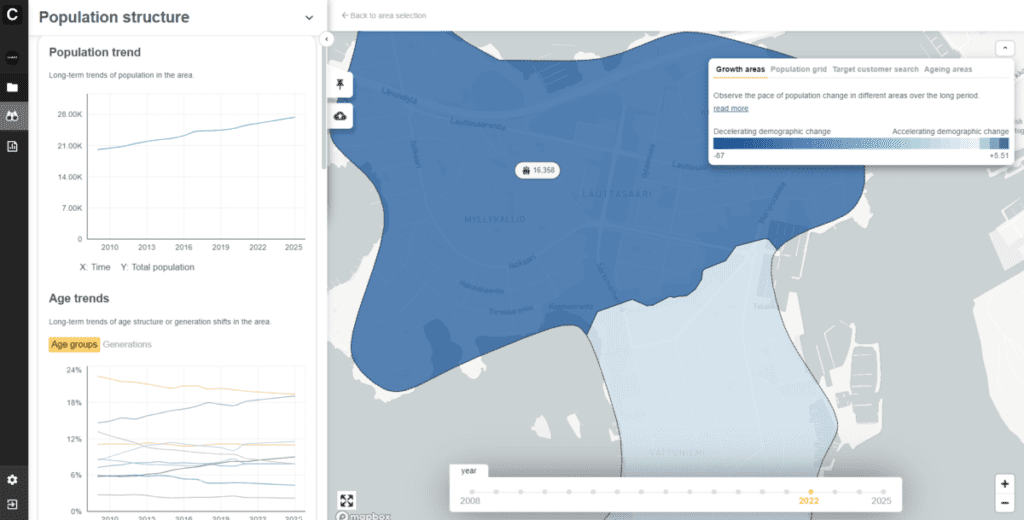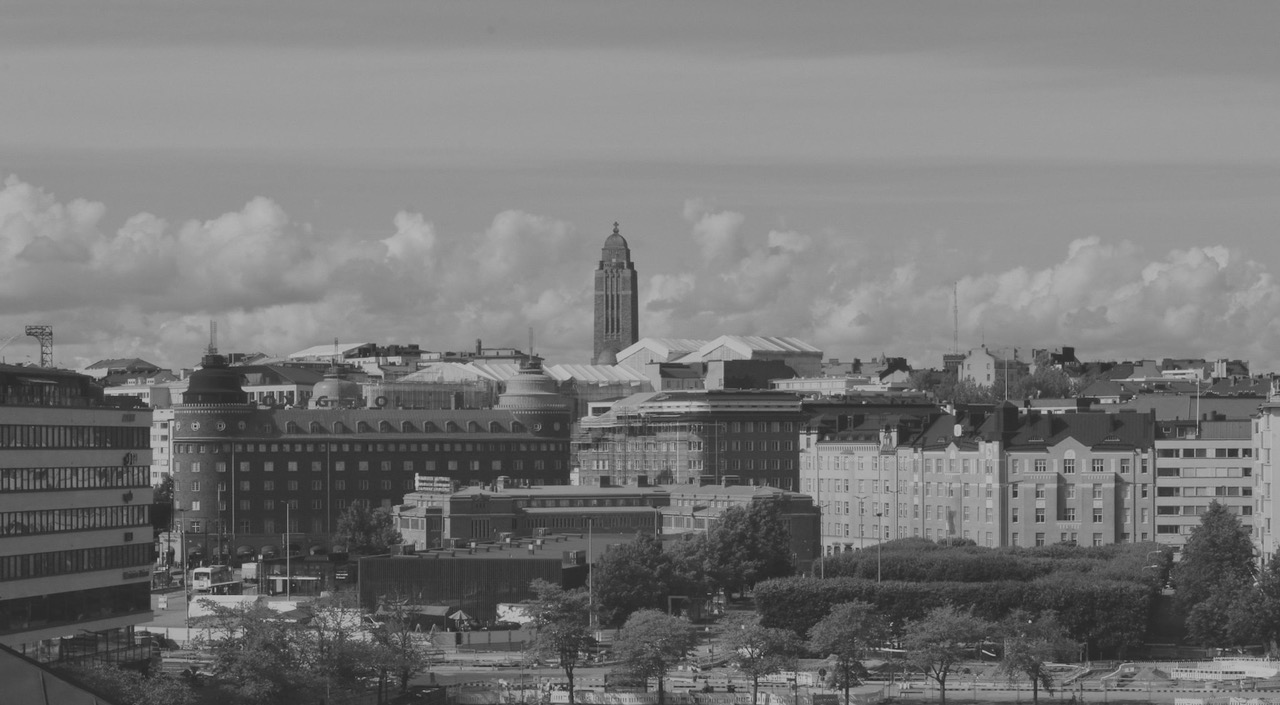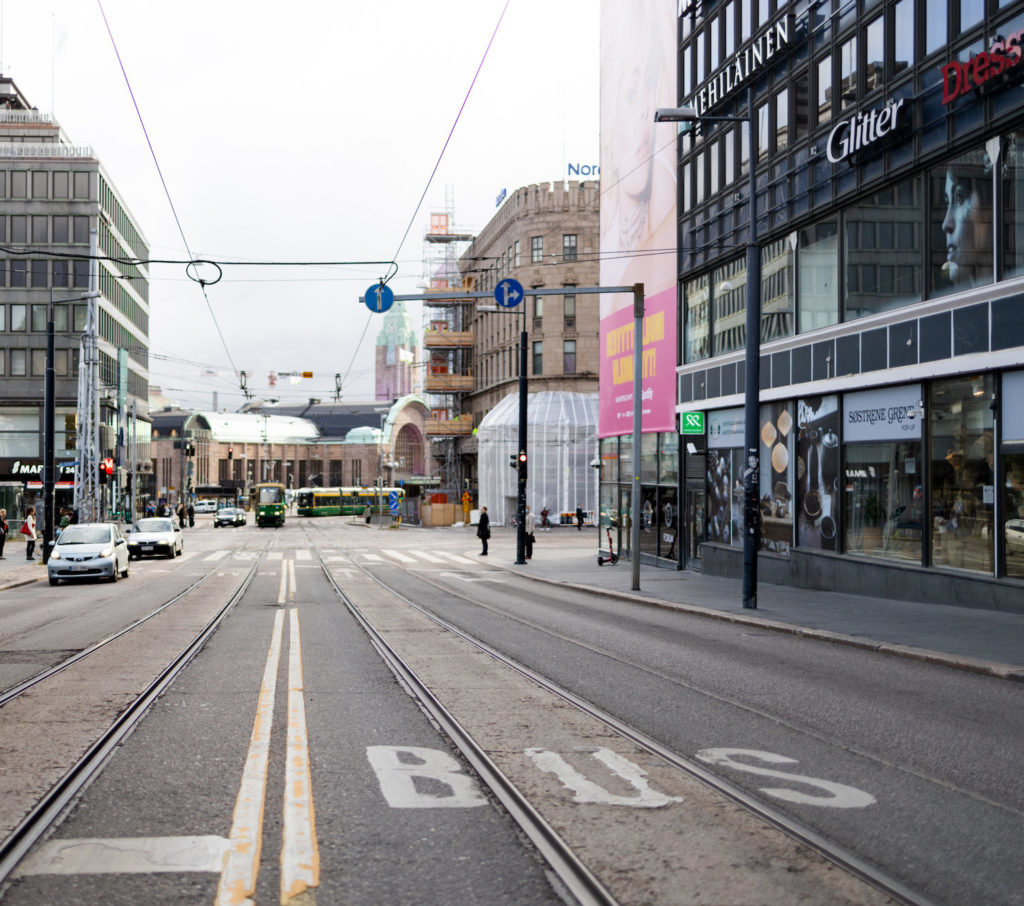
Real Estate Industry, Big Data and Advanced Analytics. Are we there yet?
Multiple survey results and reports published during recent years indicate that the majority of executives in the RE industry now believe that harnessing the potential of big data and AI offers a huge competitive advantage But how far are we in the transformation process? Has the industry unlocked the full potential of data, advanced analytics, and AI?




